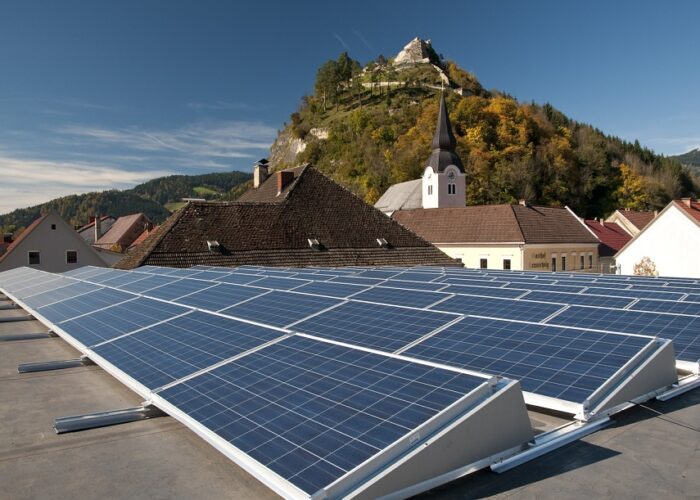
The Indian government has extended its safeguard duty on solar equipment for one more year, effective today.
India’s Ministry of Finance confirmed the move in a notification issued yesterday (29 July 2020), announcing that a duty of 14.9% would be levied on the imports of solar cells and modules from China.
Try Premium for just $1
- Full premium access for the first month at only $1
- Converts to an annual rate after 30 days unless cancelled
- Cancel anytime during the trial period
Premium Benefits
- Expert industry analysis and interviews
- Digital access to PV Tech Power journal
- Exclusive event discounts
Or get the full Premium subscription right away
Or continue reading this article for free
The notification does however make no mention of Malaysia, indicating cells and modules originating from the Southeast Asian nation are exempt.
The 14.9% tariff is to be levied until 28 January 2021, when it will reduce to 14.5% until 29 July 2021.
It follows a recommendation from India’s Directorate General of Trade Remedies earlier this month that the existing safeguard duty, which has been in place since 2018, be extended a further year to support domestic manufacturers.
Imports could however be further implicated by a Basic Customs Duty (BCD), also mooted by India’s government to help make domestic components more competitive. That BCD was proposed to come in at 20% and rise to as much as 40% next year, however there has yet to be any official confirmation as to how it will be implemented – if at all – alongside the safeguard duty.
Last week consultancy firm Fitch warned that a double tax hit on imports from both a safeguard duty and BCD would place at risk a considerable portion of India’s utility-scale solar pipeline, potentially rendering them uneconomical.
The move comes at a time when India is attempting to both stimulate a domestic solar manufacturing base while progress towards a lofty target of having 100GW of installed solar by 2022. Chinese imports are still estimated to make up around 80% of components used in solar developments in India today, and the country’s homegrown solar manufacturing output remains comparatively small.
Earlier this month senior figures from manufacturers in the country warned that duties of 40% would not be sufficient to properly curb imports from China, instead requesting tariffs of at least 50%.






